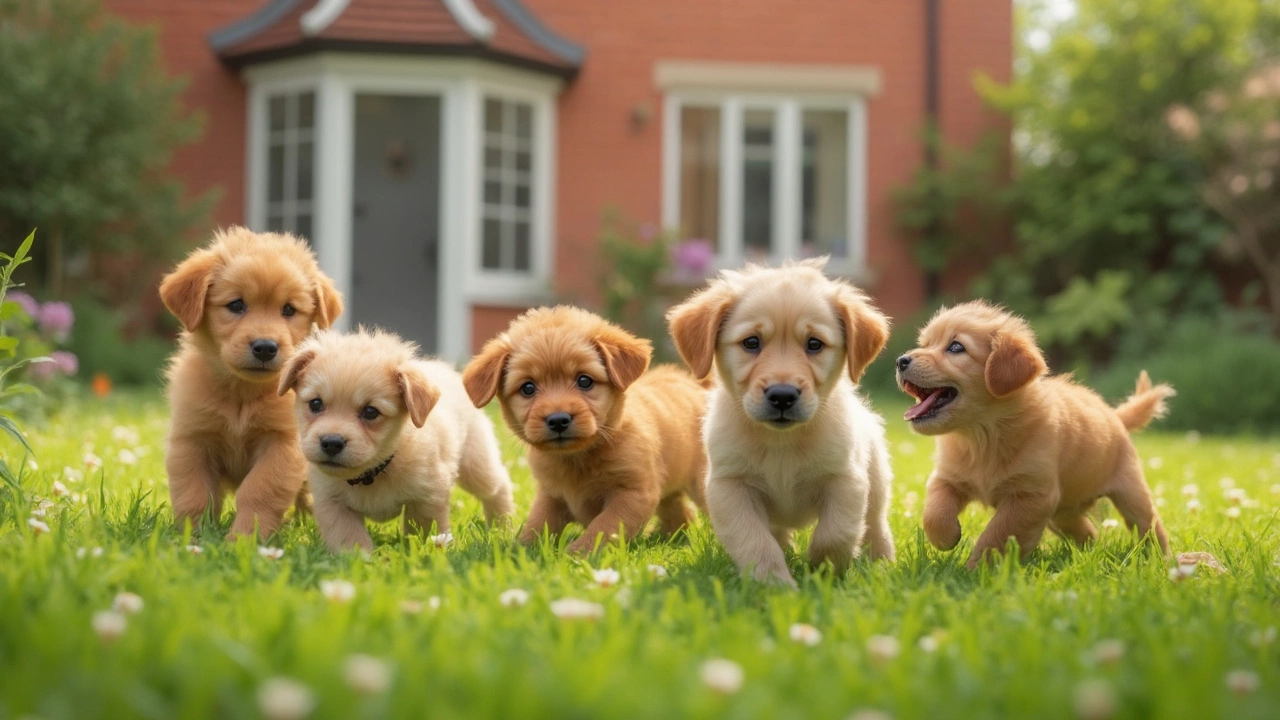Puppy Care Tips: Simple Steps for a Happy, Healthy Pup
Got a new puppy and feeling a bit overwhelmed? You’re not alone. The first weeks set the tone for your dog's whole life, so a few solid habits can make a world of difference. Below are the basics you can start using today.
Everyday Essentials
First off, feed your pup on a regular schedule. Most puppies do well with three to four small meals a day until they’re about six months old. Use a high‑quality puppy kibble and measure the portion so you don’t overfeed. A steady routine helps with digestion and makes potty training easier.
Water is just as important. Keep a clean bowl within reach at all times and change the water at least once a day. If you’re traveling with your puppy, a portable water bottle with a built‑in bowl works great.
Next, think about where your puppy sleeps. A crate gives your dog a safe den‑like space and helps with house training. When you first put the crate in a room, leave the door open and place a soft blanket inside. Covering the crate at night can calm a nervous pup, but watch for overheating. If you use a cover, make sure there’s ventilation and remove it if the pup seems too hot.
Grooming doesn’t have to be a chore. Start brushing your puppy once a week with a soft brush that matches their coat type. This removes loose hair, gets them used to being handled and reduces shedding later on. A quick bath every few months with a puppy‑safe shampoo keeps the skin healthy without stripping natural oils.
Health checks should be routine. Schedule vaccinations according to your vet’s plan—usually a series of shots every few weeks until the puppy is about four months old. Keep an eye on their eyes, ears, and paws for any redness or swelling. A quick daily look can catch problems early.
Training and Safety Basics
Training starts the moment you bring your puppy home. Use short, positive sessions of five minutes a few times a day. Teach a name, “come”, and “sit” with treats and praise. Consistency is key—everyone in the household should use the same commands.
Chewing is natural, but you don’t want your shoes ruined. Offer safe chew toys made of rubber or nylon. Rotate toys every few days so the pup stays interested. If you catch them chewing something they shouldn’t, redirect gently to a proper toy instead of scolding.
Socialisation is another must‑do. Expose your puppy to different sounds, surfaces, people and other well‑behaved dogs. Short, controlled visits to a friend's house or a quiet park work better than a crowded dog park at first. Positive experiences build confidence and reduce fear later.
Finally, keep hazardous items out of reach. This includes electrical cords, toxic plants, and human foods like chocolate or grapes. Puppy‑proofing a room is as simple as tucking away anything that could be swallowed.
Follow these tips and you’ll set a solid foundation for a well‑adjusted, healthy dog. Remember, puppies grow fast, but good habits stay with them for life. Have a question about a specific problem? Drop a comment and we’ll help you out.
- Morgan Ainsworth
- 0 Comments
At What Point Is a Puppy Not a Puppy? Age, Behavior, and Growth Explained
Wondering when your puppy officially becomes an adult dog? This article breaks down the stages of puppy development, covering physical growth, behavior changes, and the exact ages when pups leave their puppyhood behind. Get concrete milestones for small, medium, and large breeds. Find out what to expect as your dog matures and how to support their growth at every stage. Packed with practical tips and surprising facts, it’s the guide every dog owner needs.
View More
